The cricket’s song can recall the carefree summer days of childhood. Often, we reduce the chirping to background noise. While crickets sing during the day and night, their song is most often heard after dark when competing sounds are gone.
Watch and hear the summer songs of crickets
Their chirping seems incessant. One account records a single cricket chirping 2,640 times without stopping. The cricket’s chirp may be just background noise to us, but it’s quite important to other crickets. Crickets call primarily to attract females, the males produce the chirping by rubbing a sharp-edged scraper at the base of one front wing along a file-like ridge on the bottom edge of the other front wing.Many times their wings move faster than the human eye can see.
Temperature Check
Temperature affects the cricket’s song. A cricket chirps quickly during warm weather and slows when temperatures cool. The common field cricket has a call so synchronized with the surrounding temperature that you can calculate the temperature in degrees by counting the number of chirps in 14 seconds and adding 40.
Why not really listen to a cricket? If you’re feeling scientific, figure out the temperature. But, if you’re feeling nostalgic, just let the song carry you back to childhood.
Cricket Tales
- Field and house crickets are omnivores, nibbling at a wide variety of plant and animal matter, including leaves, fruits, grain, other insects, meat, and much more.
- Sometimes field crickets damage crops, or chew on clothing when they enter homes. Their broad diet and ability to sing has made them popular pets at different times in various cultures, as they can subsist on a variety of foods.
- As omnivores crickets recycle decaying organic materials, graze on plants, and eat insects.
- They are preyed on by many animals, from insects, even other crickets, to birds to mammals to even people, in some countries. They are also attacked by parasitic insects that need hosts for their survival.
For more on the cricket, visit MDC’s Field Guide.
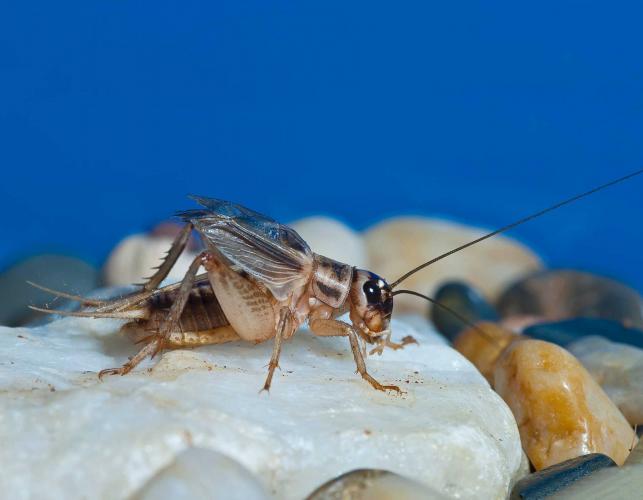
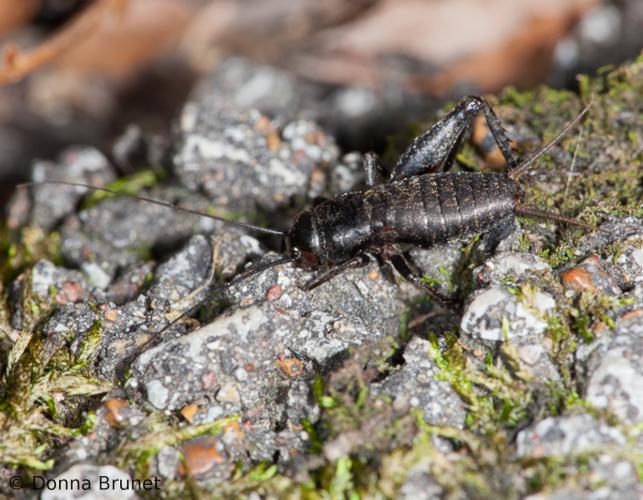
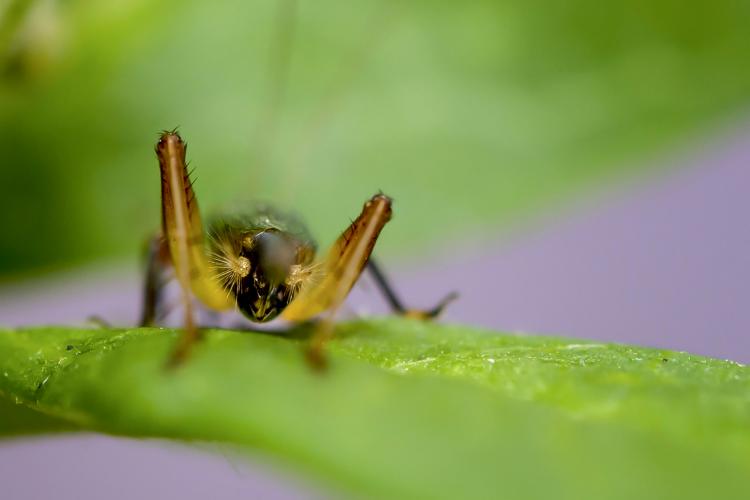
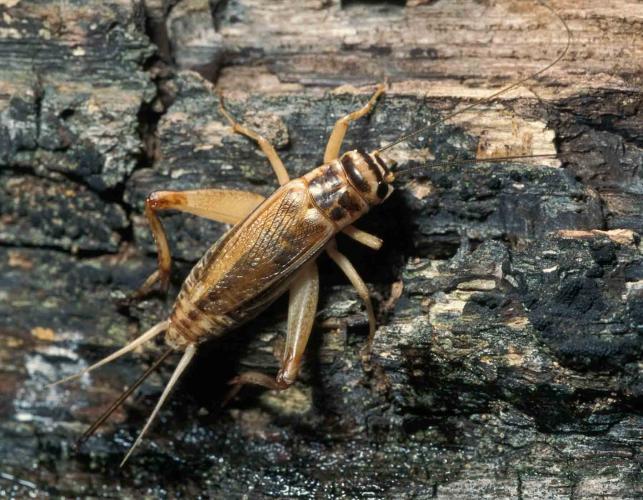
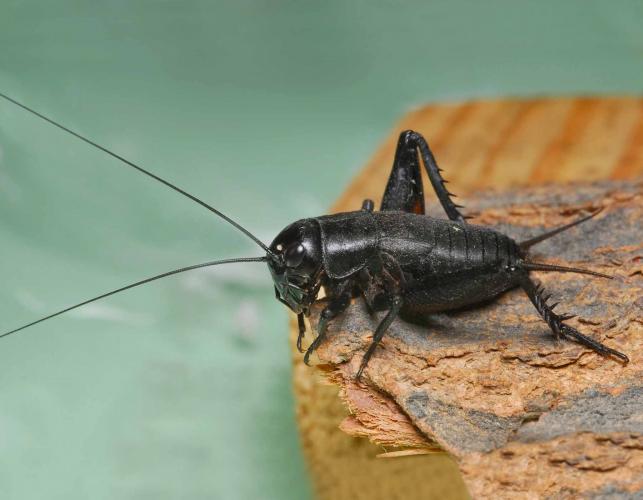
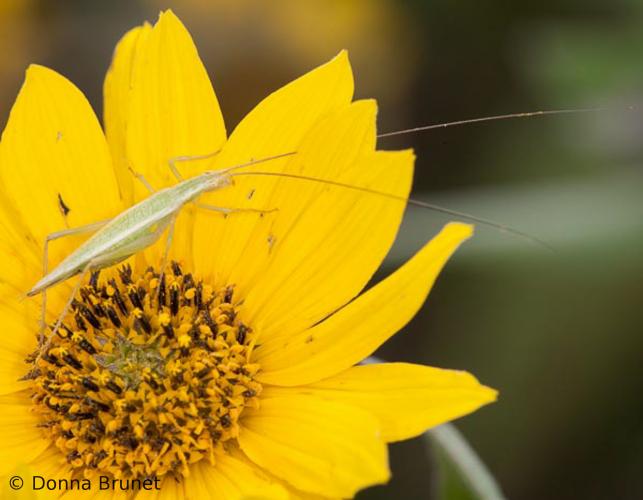
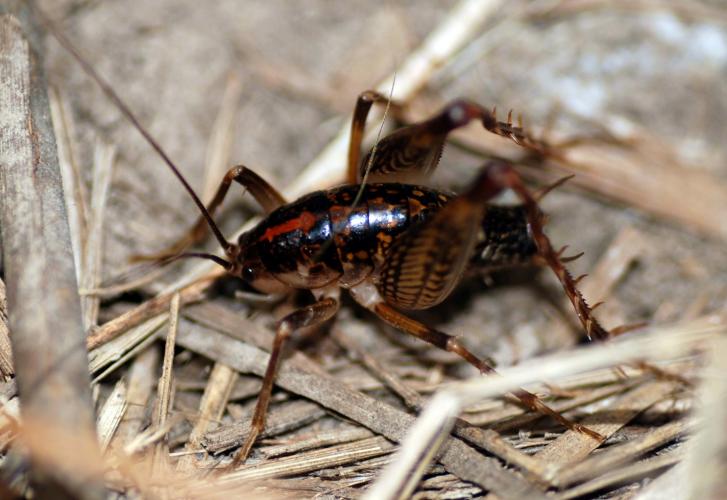

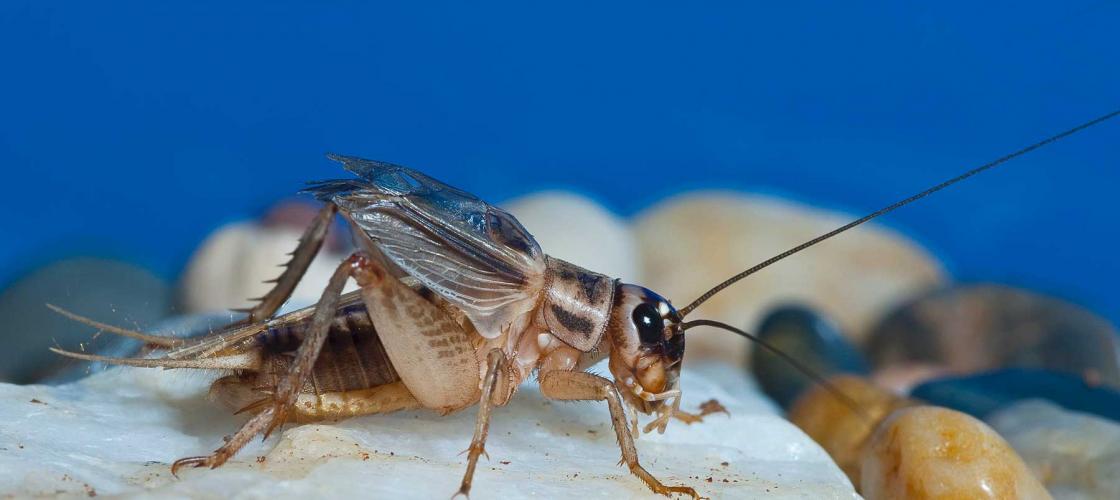
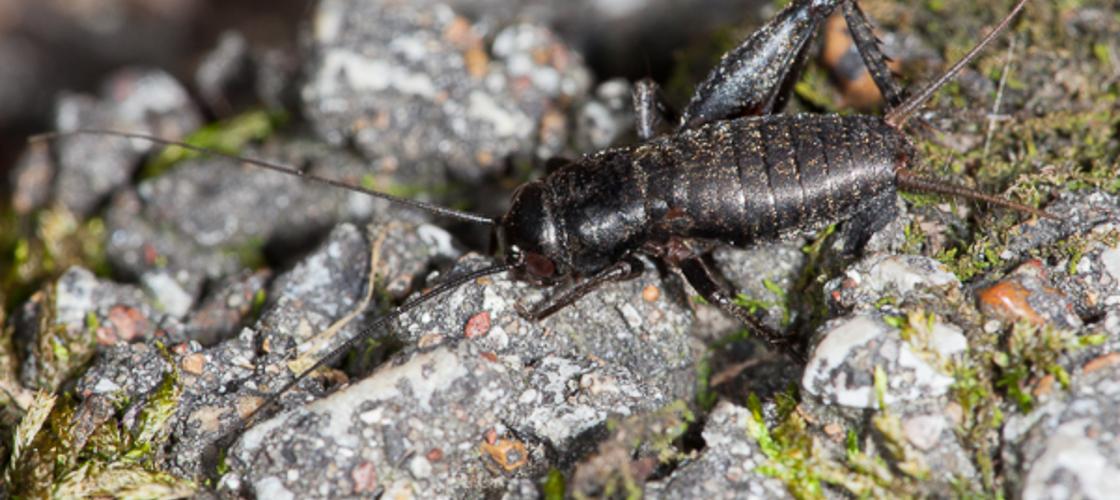

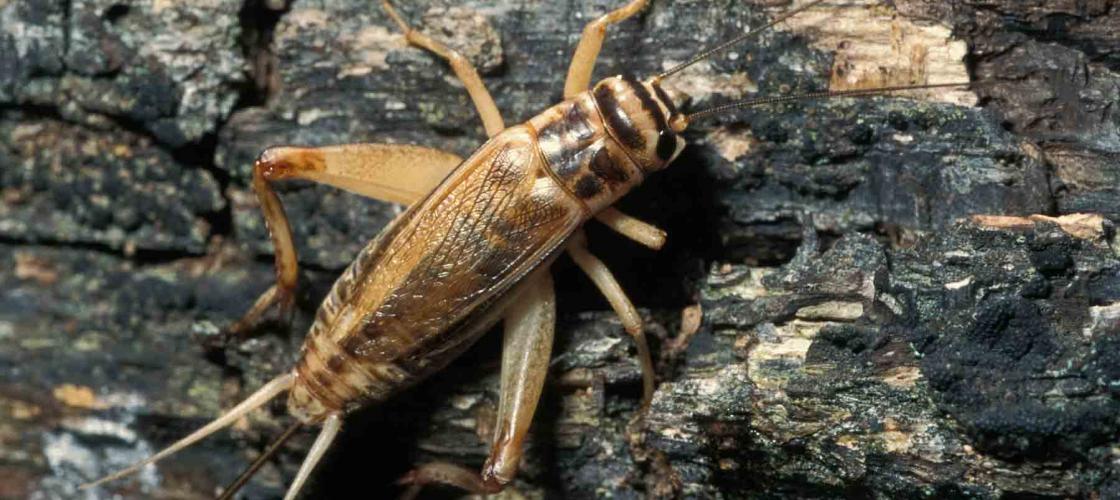
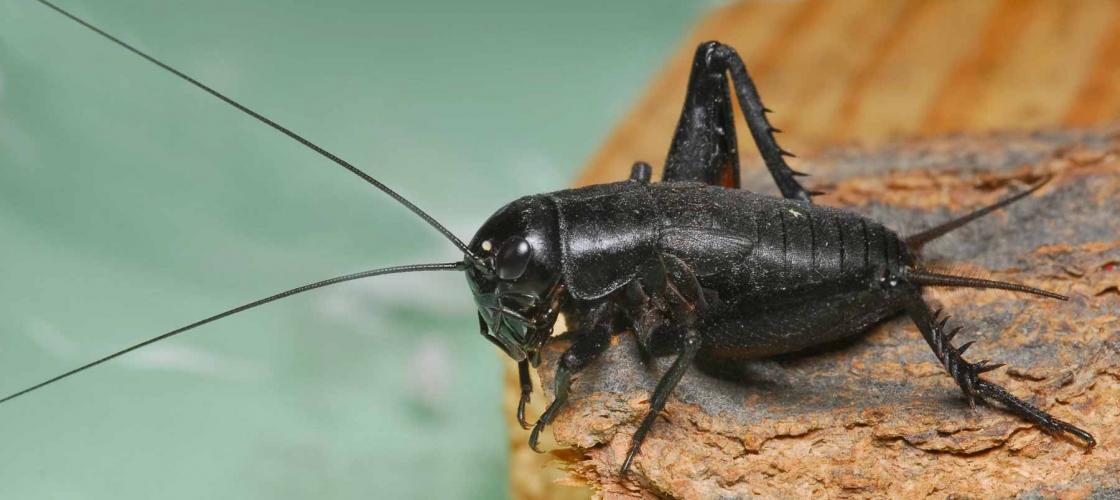
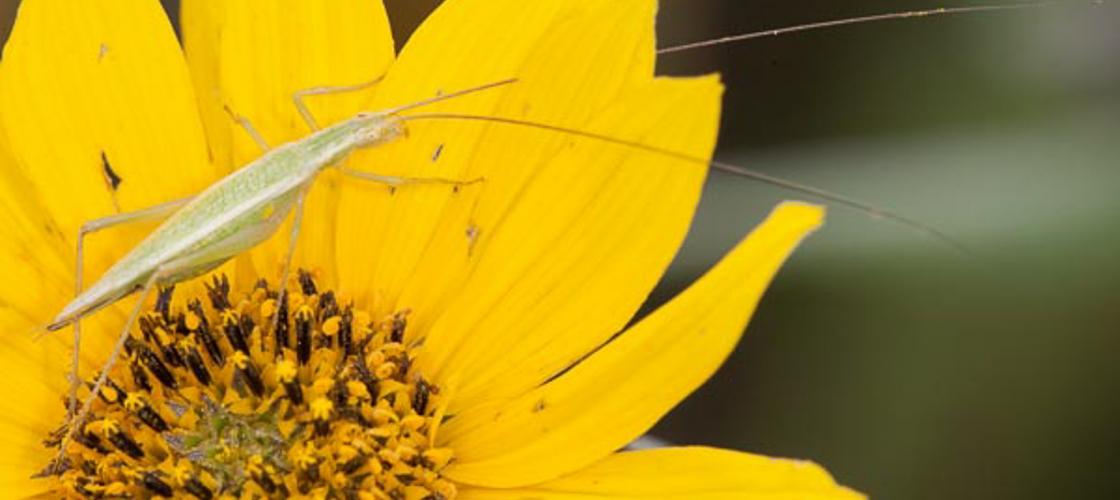
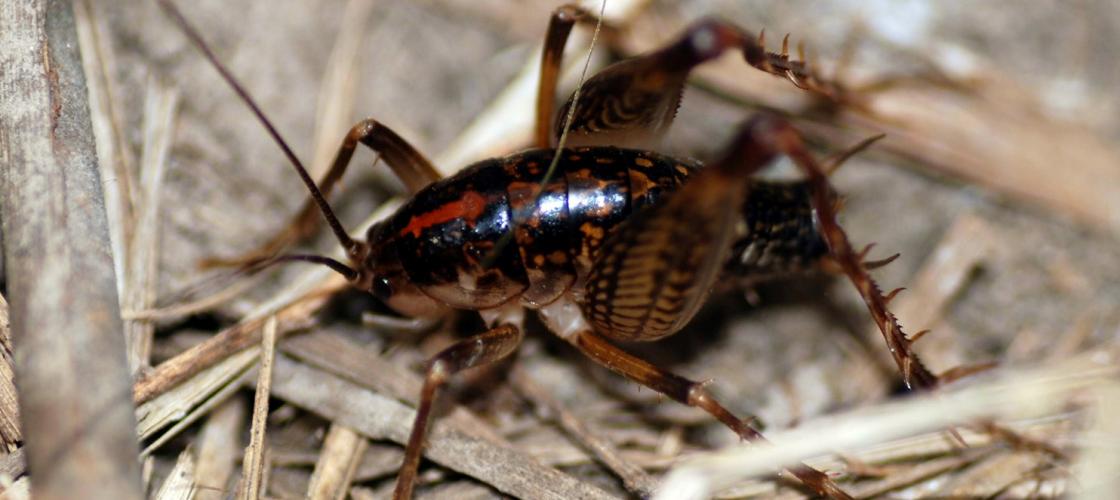
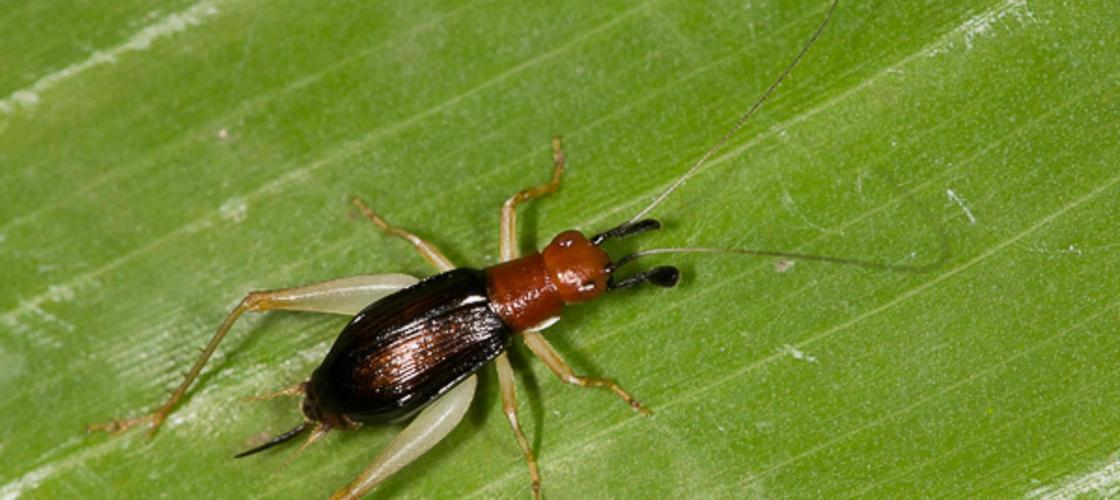
Recent Posts
























